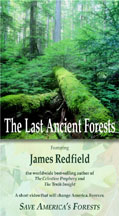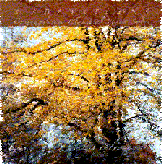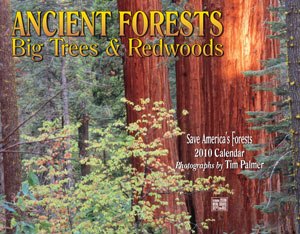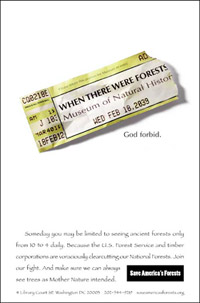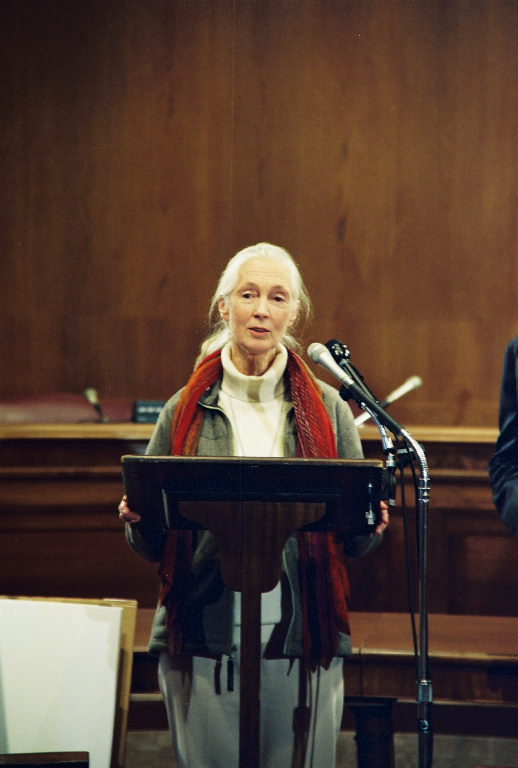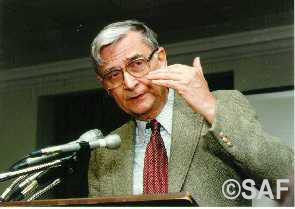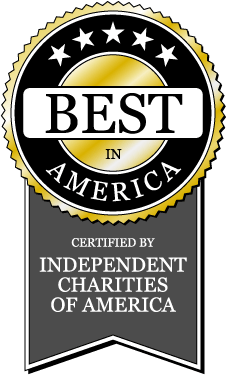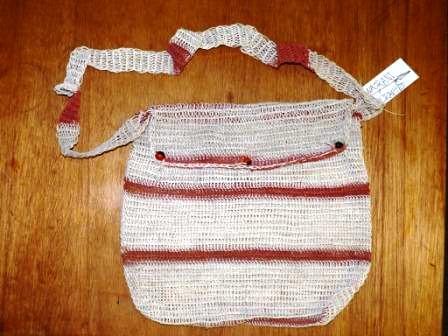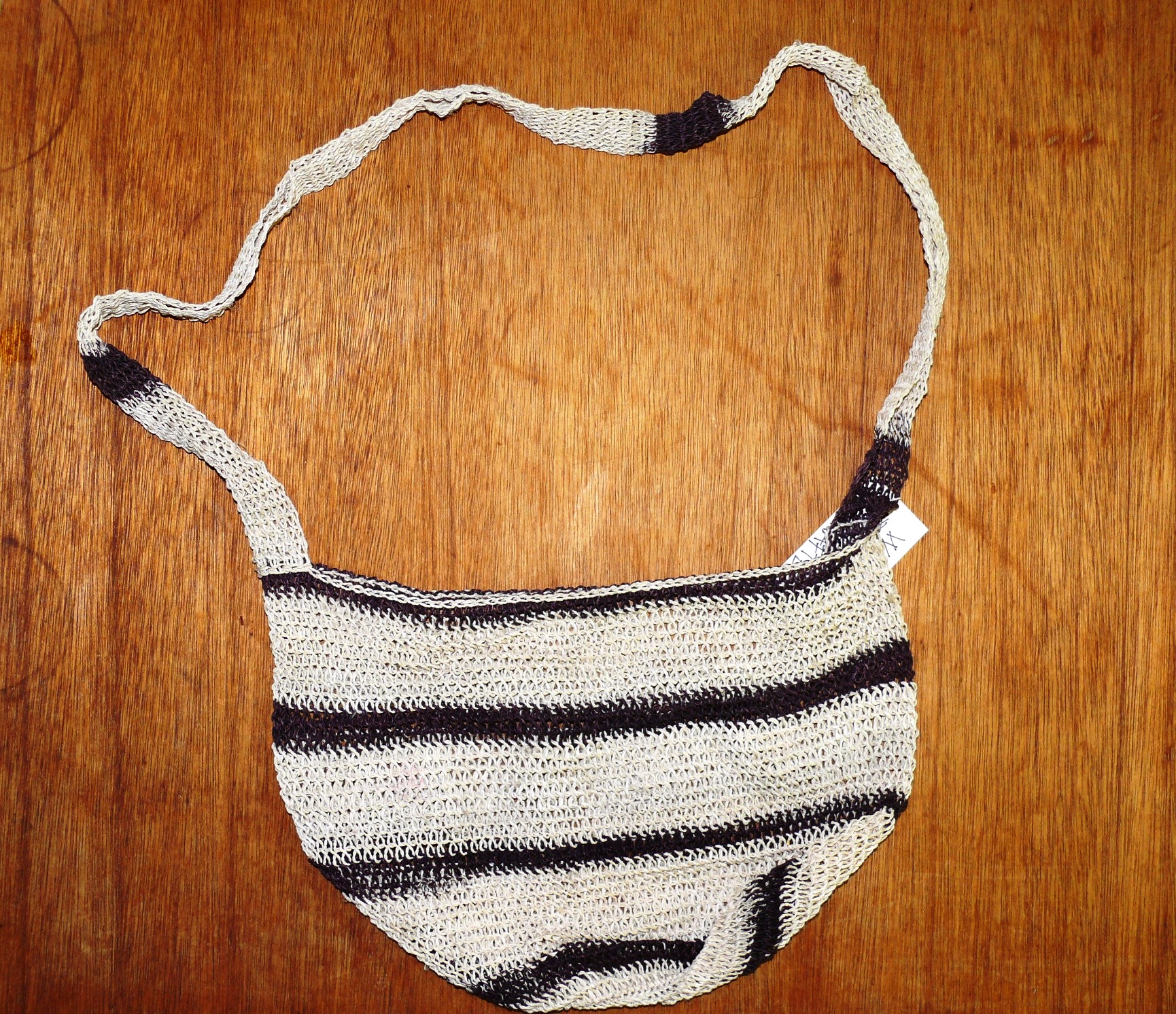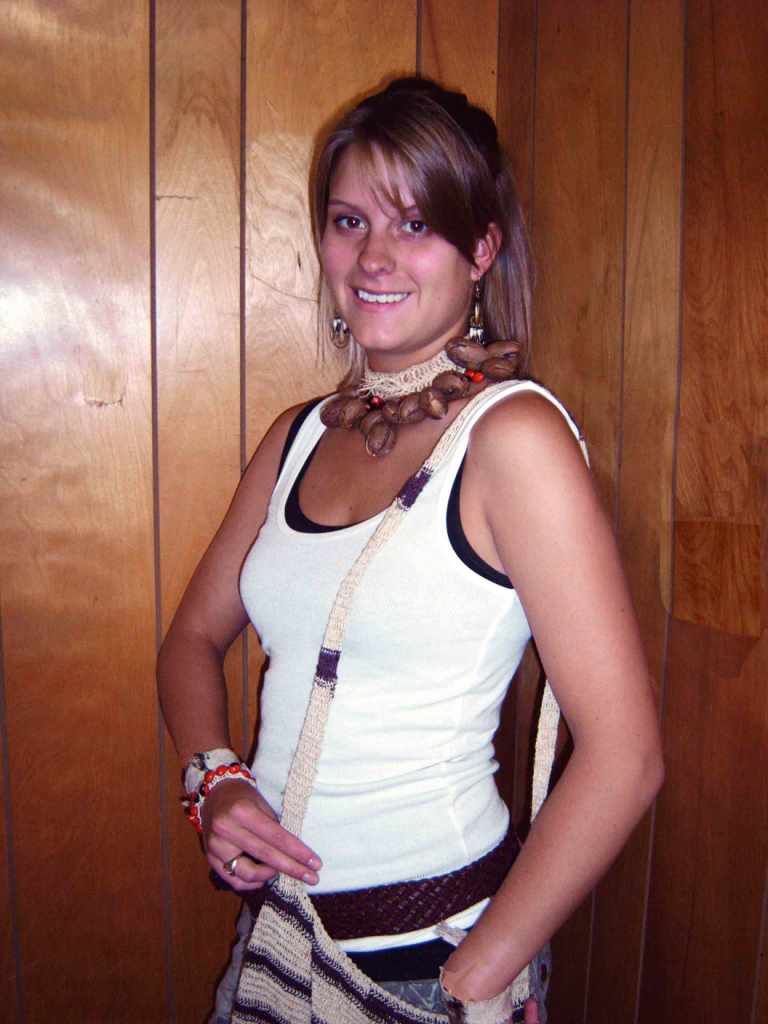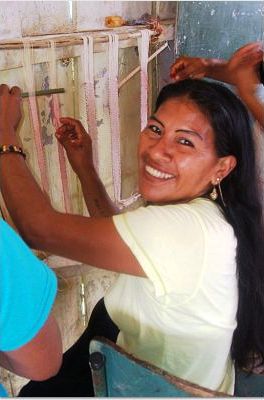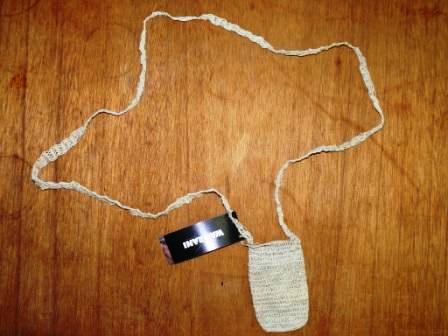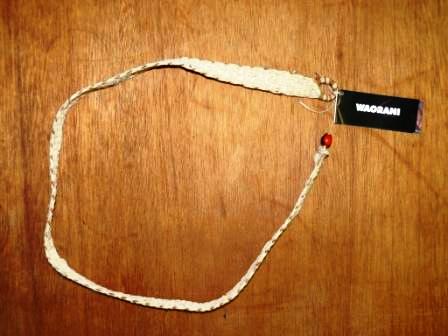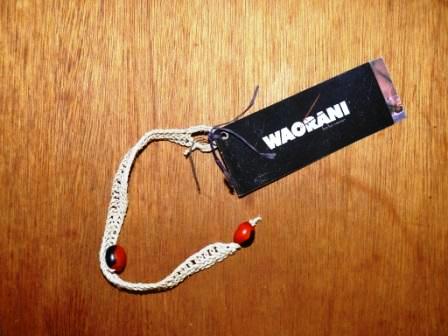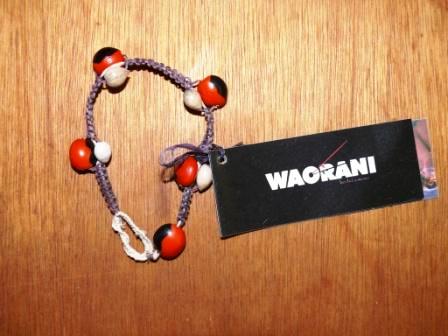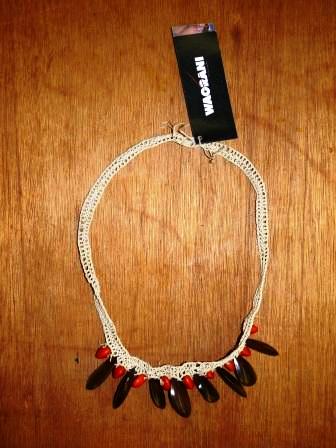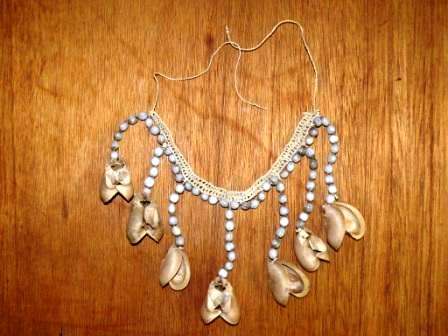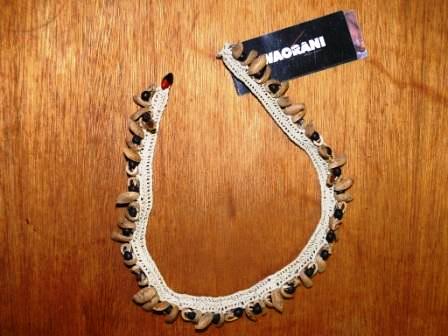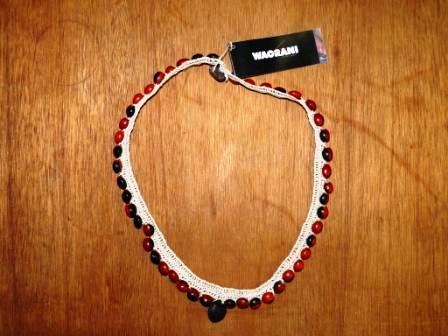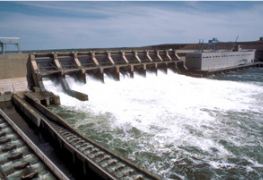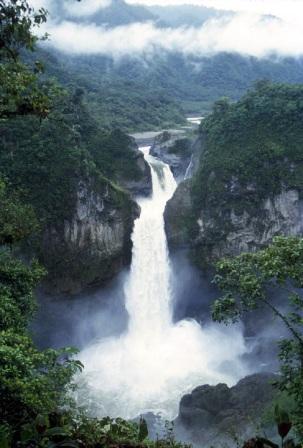Save America's Forests
YASUNÍ RAINFOREST CAMPAIGN
Yasuni - The Most Biodiverse Forest on Earth
Yasuni Rainforest Campaign works with the Waorani people, scientists, non-profit environmental and human rights groups in Ecuador, the U.S. and around the world, and lawyers, in order to protect the biodiversity of Yasuní and the rights and culture of the indigneous people who live there.
We have scored major victories against the oil companies, and are leading the fight to turn the tide of history for ecologically sustainable future for this region and its people. Working with the world's leading scientists, including Jane Goodall and E.O. Wilson, local and international NGO's and the native Waorani, Save America's Forests stopped the giant Brazilian oil company Petrobras from building an oil road into Yasuní. Working in 2006 with the Waorani, we also got the Ecuadorian government to draw the boundary of the "no extraction zone" (Zona Intangible) to include major oil deposits in the southern portion of Yasuní. This prevents these oil deposits from being developed, and will protect the forest and the indigenous people in this area of Yasuní. Now we are working to stop illegal logging and new oil projects by Petrobras, Sinopec, Andes Petroleum, and other threats to Yasuni and the Waorani.
BIODIVERSITY: The most biologically diverse forest in the world, which means the most species of plants and animals, including insects, birds, trees, plants, amphibians, mammals, and more. Look at our slide shows and the sections on biodiversity and science to learn more about this extraordinary rainforest region of the western Amazon.
WAORANI: The Waorani are hunter-gatherers who have lived in harmony with the natural Amazon habitat for at least five centuries. They are famed throughout the world for their use of spears and poison blowguns in their successful defense of Yasuní Rainforest, which is their ancestral territory. Using their skills as hunters and warriors, they lived richly in the world's most biologically diverse forest without harming it. Until oil and missionaries penetrated Yasuní 30 years ago, they kept the destructive and exploitive industrial world out, and the extraordinary biodiversity of Yasuní remained intact. Then, 40 years ago, the Waorani were moved aside and the oil companie's destruction and pollution of Yasuní began.
Read how the Waorani are now once again fighting successfully to reclaim their rights and rid their region of oil companies and other exploiters and destroyers of the Yasuní rainforest.
LOCATION: Yasuní is in the eastern-most area of Ecuador, on the equator, where the Andes mountains ends, and the western-most portion of the Amazon where the Amazon begins. About the size of Massachusetts, the Yasuní region includes Yasuní National Park, the Waorani Territory, and are that was deforested and polluted Texaco decades ago. See our maps and slide shows. Directly to the east of Yasuní, across the border with Peru. the forest continues, but is known as the Napo Tigre. It is virutally the same forest type, with the same record breaking biodiversity. Together, Yasuni and the Napo Tigre comprise the Napo Moist Forest Region. Save America's Forests is working to with indigenous people, NGOs, and scientists to protect all of the Napo Moist Forest Region.
OIL: Blessed with the greatest biodiversity in the world, the western Amazon, where Yasuní is found, is also cursed with vast deposits of oil and gas underground. Oil extraction from Yasuní started a few decades ago by Texaco, followed by many other foreign oil companies. It has caused massive pollution of the land and rivers, deforestation, and disease and deaths in thousands of inhabitants poisoned by the toxic water seeping into the Amazon rivers, and by the polluted fish and animals which they eat.
SCIENCE: Working with the world's leading scientists, Save America's Forests has delivered scientific reports and letters to the Ecuadorian Government and the press describing the extraordinary ecology of Yasuní. Our efforts have helped create major media coverage in Ecuador and the United States, and brought worldwide attention and support for protecting Yasuní and the Waorani and other indigenous people of the region
ADVOCACY: Save America's Forests has arranged meetings with Waorani leaders and the International Monetary Fund, the U.S. Congress, and the United Nations. We have help arrange and attended many meetings between the Waorani and the various departments of the government of Ecuador. Working with the world's leading scientists, Save America's Forests has delivered scientific reports and letters to the Ecuadorian Government and the press describing the extraordinary ecology of Yasuní. Our efforts have helped create major media coverage in Ecuador and the United States.
|

